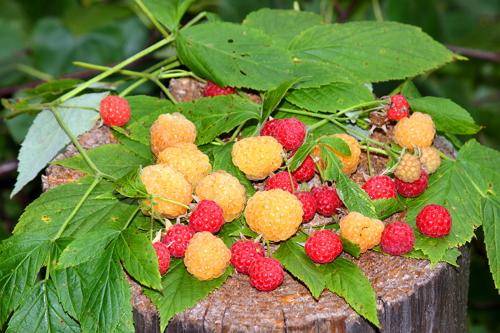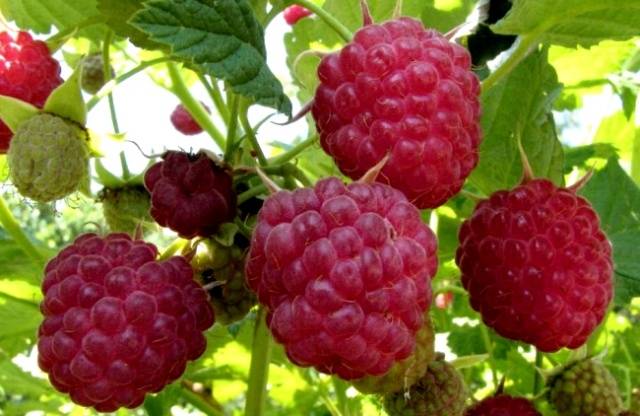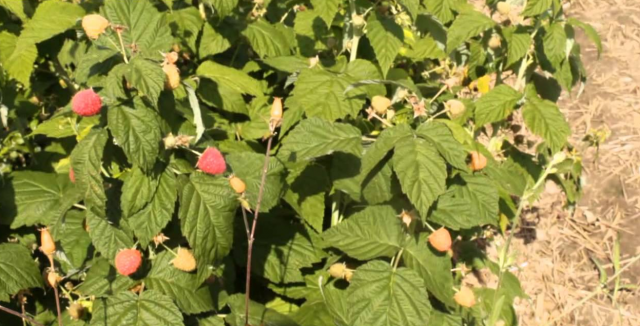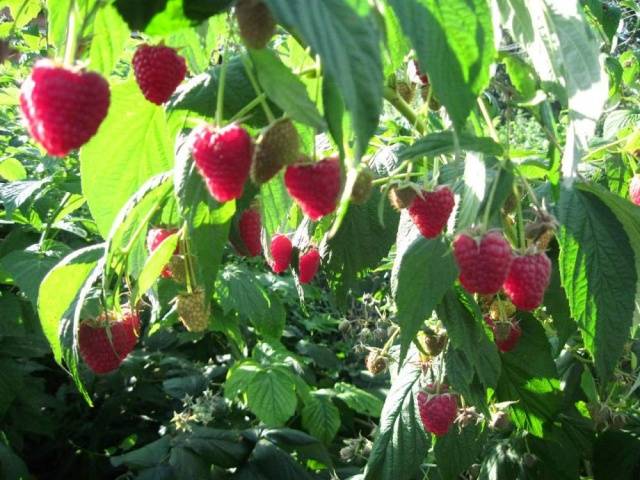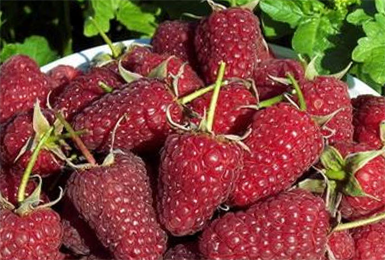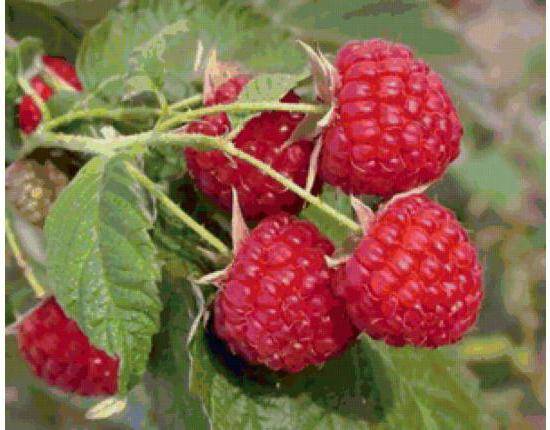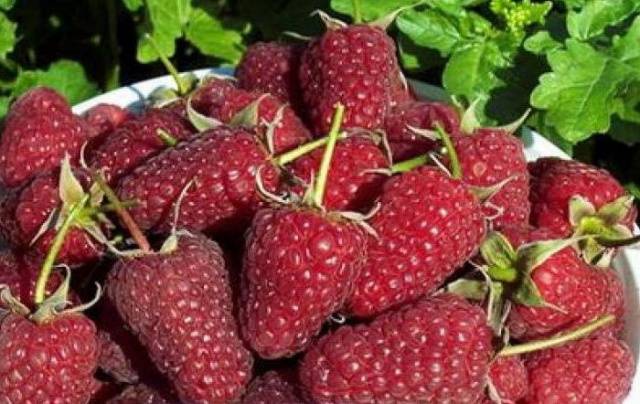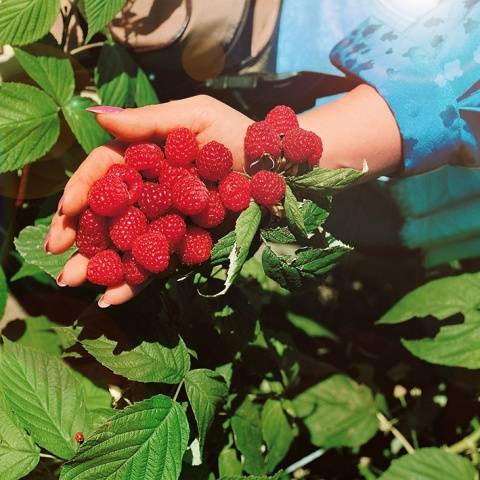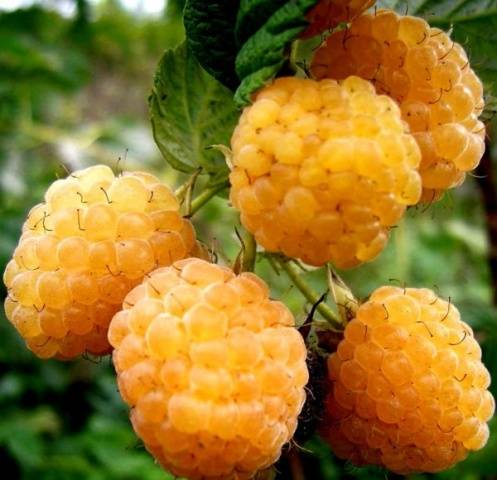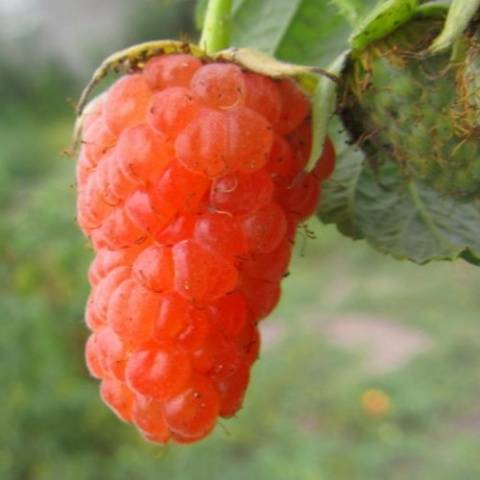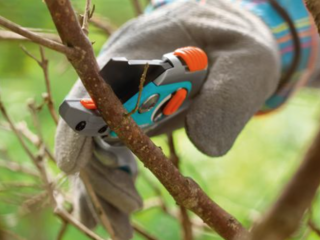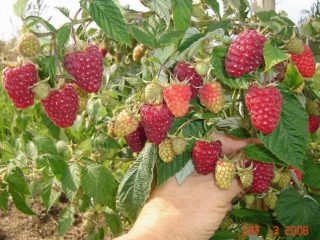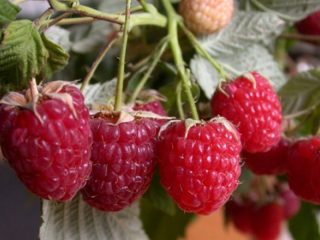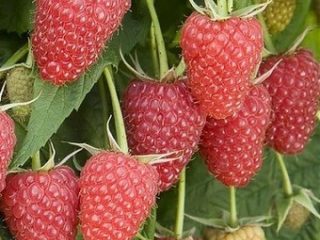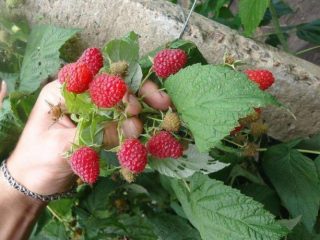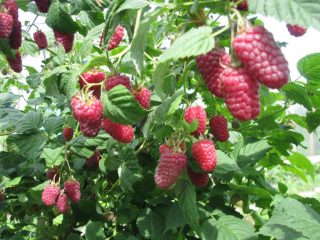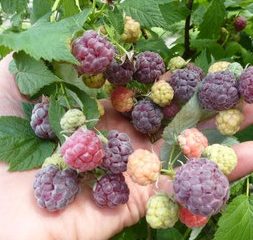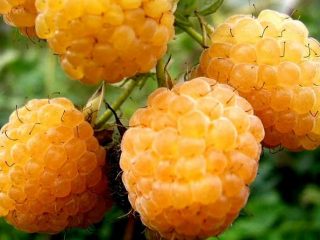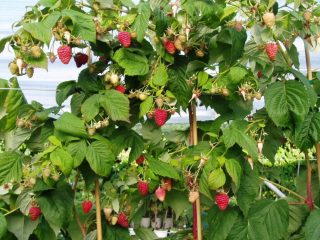Content
Increasingly, domestic gardeners give their preference remontant raspberry. Compared to conventional analogues, it is more resistant to diseases and weather adversities. With its help, you can harvest berries twice per season. In Western countries, the cultivation of remontant raspberries has been practiced for many years, however, varieties of foreign selection are not suitable for the conditions of the central and northern regions of Russia. The short summer does not allow the second stream crop to ripen in a timely manner. The situation was corrected by domestic breeders who proposed early varieties of remontant raspberries. They are the ones that are best suited for growing in domestic conditions and can increase crop yields by 2-2.5 times compared to growing conventional varieties. Yes, description the best varieties of raspberries with remontance, their comparative advantages and photographs of the berries are given below in the article.
The best remontant varieties
For cultivation in the central zone and northern regions of Russia, gardeners are offered about 20 different varieties of remontant raspberries. All of them were obtained by domestic breeding companies.It is not possible to single out one best variety that would surpass the others in all respects, because each of them has its own advantageous characteristics. Thus, assessing the ripening time, taste and external qualities, large-fruitedness and yield of raspberries, the following varieties should be distinguished:
Penguin
Remontant raspberry "Penguin" is the earliest ripening. Its first berries ripen at the end of June, and you can enjoy the second harvest in August. Thus, the fruiting of the “Penguin” variety continues until frost. Another comparative advantage of the Penguin raspberry is its high resistance to severe frosts and unfavorable summer weather.
The “Penguin” raspberry bushes are relatively low, only 1.3-1.5 m. At the same time, the shoots of the plant are powerful and elastic, and do not require staking or support. Raspberry thorns are curved. Bushes are grown mainly in an annual cycle. It is recommended to propagate the crop by cuttings, since the Penguin raspberry grows very slowly on its own. For propagation, cuttings are planted at a distance of 40-50 cm from each other.
“Penguin” berries are quite large, their average weight reaches 5 grams. The yield of the variety is excellent: 1.5 kg/m2.
The only but significant drawback of remontant raspberries “Penguin” is the low sugar content in the berries, which makes their taste weakly expressed. This raspberry also does not have a special, bright aroma. You can find out other information and comments about the “Penguin” variety first-hand from a gardener from the video:
Bryansk miracle
Excellent remontant raspberry, is distinguished by its large fruit. Thus, the average weight of each berry is more than 5 grams. Sometimes you can find berries weighing up to 11 grams.The yield of raspberries is amazing: up to 3.5 kg of berries ripen on each bush. The taste of the Bryanskoye Divo raspberry is wonderful. Large, red berries are especially sweet and aromatic. Another comparative advantage of this variety is the increased density of the fruit, which allows the crop to be transported and stored for a long time. Remontant raspberries “Bryanskoye Divo” can be seen in the photo below.
The raspberry bush “Bryanskoe Miracle” is very powerful. Its shoots are thick, with many thorns. At the same time, the side branches of the bush are smooth and glossy. The plant reproduces at an average speed and requires mandatory garter.
Monomakh's hat
Another high-yielding, remontant variety with large berries. With its help you can get two full harvests per season. At the same time, the peculiarity of the “Monomakh’s Cap” is the fact that the autumn berry harvest is twice as large as the primary, summer harvest.
The berries of the remontant raspberry "Monomakh's Cap" are large. Their weight is approximately 7-8 grams, but sometimes you can find giant berries weighing up to 20 grams. Thanks to such large fruits, the variety’s yield is very high: up to 6 kg of raspberries per bush. The shape of the berries is classic: cylindrical, slightly elongated, but the color is distinguished by its richness and deep purple color. The taste of the harvest is always high. The berries have a pleasant alluring raspberry aroma and contain a large amount of sugar combined with a slight sourness. The harvest of the Monomakh Hat variety is suitable for transportation and storage.
The height of the bush reaches 1.5 m. At the same time, 4-5 additional shoots develop on each main trunk, which makes the bush look like a small berry tree. It is also convenient that the thorns on the raspberry tree are present only in the lower part, which makes caring for the crop and harvesting easier.
Firebird
The best remontant raspberry, according to taste experts, is “Firebird”. The berries of this medium-sized variety, weighing 5 grams, amazingly combine sweetness, sourness and a subtle raspberry aroma. Raspberries have fairly dense but tender pulp, which makes it possible to store and transport the crop.
The “Firebird” variety is universally used and is characterized by an average ripening period. It is represented by a tall, powerful, spreading shrub that definitely requires a garter. Raspberry shoots have a large number of thorns throughout their entire height. The crop has low resistance to drought and heat. Thus, raspberries can safely withstand frosts down to -230C. Reproduction of the variety by shoots occurs at an average speed, so for propagation of the crop it is better to use the cuttings method. The yield of the “Firebird” variety is average, reaching 1 kg/m2.
Atlant
Atlant raspberries are excellent for subsequent sale. It is these remontant raspberries that are grown for industrial purposes for sale. Its berries are quite dense, resistant to lodging, and have good transportability.
Atlant berries are medium-sized, weighing approximately 5.5 grams. Their taste is sweet and sour, their aroma is subtle, their shape is attractive, elongated-conical, and their color is dark red.The purpose of the fruits is universal: they can be consumed not only fresh during the season, but also frozen for the winter.
Atlant bushes are medium-sized, up to 1.6 m high. 6-7 side shoots are formed on each main trunk. Plants require staking or support. A small number of thorns form on the shoots, mainly in the lower part of the bush. The yield of the variety is average – 1.5 kg/m2. Peak fruiting of remontant raspberries of the Atlant variety occurs in the second half of August.
Reliable
The very name of this variety of remontant raspberry indicates that the crop’s yield is stable and “reliable.” Thus, the volume of berry fruiting, regardless of weather conditions, is 3-3.5 kg per bush. The active stage of fruiting begins in early August. “Reliable” berries have the shape of a truncated cone. Their color is red, their average weight is 5-7 grams. The taste of the variety is high: the berries contain a lot of sugar and have a bright raspberry aroma.
Remontant raspberry bushes of the “Nadezhnaya” variety are powerful, but not prone to lodging. There are a large number of thorns on the shoots. Raspberries of this variety will have to be propagated by cuttings, since the tendency to shoot shoots is weak.
Hercules
This variety of remontant raspberry is especially popular due to the fact that it combines a number of advantageous features. Thus, “Hercules” is characterized by large fruits of excellent taste and high yield. "Hercules" is grown in private farmsteads and on industrial plantations.
“Hercules” raspberries begin to bear fruit quite early: the first harvest can be collected in mid-June, the second wave of berry ripening begins in mid-August and continues until frost. The harvest pleases with its rich sweet taste and aroma. Each ruby-colored berry weighs at least 6 grams, and specimens weighing up to 15 grams can be found. The crop yield is high - 3 kg per bush.
The bushes of this wonderful variety are tall - up to 2 m, and require garter. The thorns evenly cover the entire surface of the shoots and are directed downward. Plants have good resistance to fungal diseases. The adaptability to independent propagation of shoots in the Hercules variety is average.
You can find out more information about the remontant raspberry “Hercules” by watching the video:
All of the above varieties of remontant raspberries were obtained by Russian scientists and are perfectly adapted for cultivation in the conditions of the central region and northern regions of Russia. They are among the top ten varieties and are popular with experienced gardeners. With their help, you can get an excellent harvest of delicious berries for seasonal consumption, canning, freezing and sale.
Yellow raspberry
Red color is traditional for a crop such as raspberries, however, some yellow-fruited varieties are not inferior in taste, yield and other parameters to the best red-fruited remontant varieties raspberry varieties. Thus, the following varieties of yellow raspberries are best suited for domestic climatic latitudes:
Yellow giant
The remontant raspberry “Yellow Giant” was obtained by domestic breeders back in 1973. Since then, this variety has been a guarantee of a good harvest of tasty, yellow raspberries.It is worth noting that taste is the main advantage of the Yellow Giant raspberry. According to tasters, the taste was rated “excellent”. The berries are especially sweet, have a bright, pleasant aroma, and high density. Their shape is round-conical, light yellow in color, average weight 7 g.
“Yellow Giant” is represented by bushes up to 2 meters high. The shoots are not spreading with a lot of thorns. The berry yield is 2.5-3 kg per bush. Fruiting in regions with a warm climate consists of two stages; in colder regions, raspberries bear fruit for 1-1.5 months, starting from the end of June. It is worth noting that the berries ripening in the first fruiting cycle are larger and more tasty than in the second cycle.
Orange miracle
The variety “Orange Miracle” got its name because of the extraordinary color of the berries, which combines orange and light yellow shades. The yield of the variety is quite high, from 2.5 to 3 kg of berries per bush. The main volume of the crop (70%) ripens at the first stage of fruiting. The berries have the shape of an oblong, truncated cone, the length of which can reach 4 cm. The weight of the berries is from 5 to 10 grams. Raspberry drupes adhere quite tightly to each other, which allows the berries to be transported and stored for a long period of time. A photo of the “Orange Miracle” berry can be seen below.
"Orange Miracle" refers to new raspberry varieties. It was bred several years ago by the Moscow Breeding Institute of Horticulture. The bushes of this variety are tall, powerful, spreading.Raspberry shoots have a large number of thorns, which make harvesting and caring for the crop difficult. The advantage of the plant is also its high resistance to various diseases.
Golden autumn
This variety of remontant raspberry is distinguished by its exquisite, pleasant aroma and delicate sweet-sour taste of berries. Medium-sized fruits weigh from 5 to 7 grams. Their color is yellow, their shape is conical, slightly elongated. Raspberry drupes are located quite densely. The crop yield is high - 2.5 kg/bush. You can see a photo of the “Golden Autumn” raspberries in the photo below.
Bushes "Golden Autumn" up to 2 m high, medium spreading, require garter. They bear fruit from mid-August until frost. You can achieve pronounced remontancy from the variety by partially pruning the bushes in the fall. In this case, the first harvest of berries can be obtained in early June.
Conclusion
As can be seen from the description and characteristics given, yellow varieties remontant raspberries are in no way inferior to the usual varieties with red colored fruits. Taste, yield, resistance to weather conditions and diseases allow you to use such raspberries not only as a healthy treat, but also as a garden decoration. At the same time, each gardener has the right to decide which types of crops to choose; the article suggests the best varieties of remontant raspberries.
